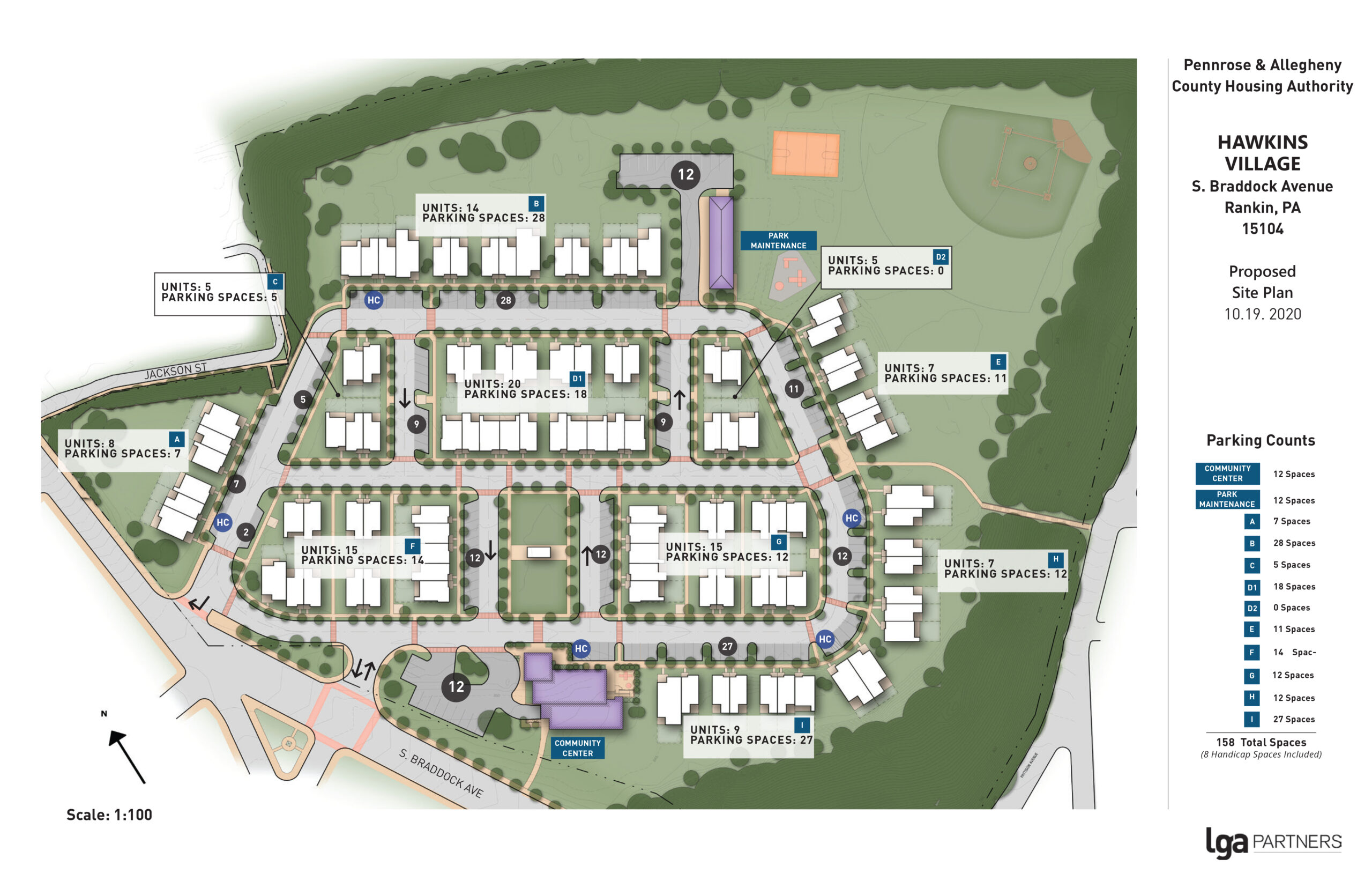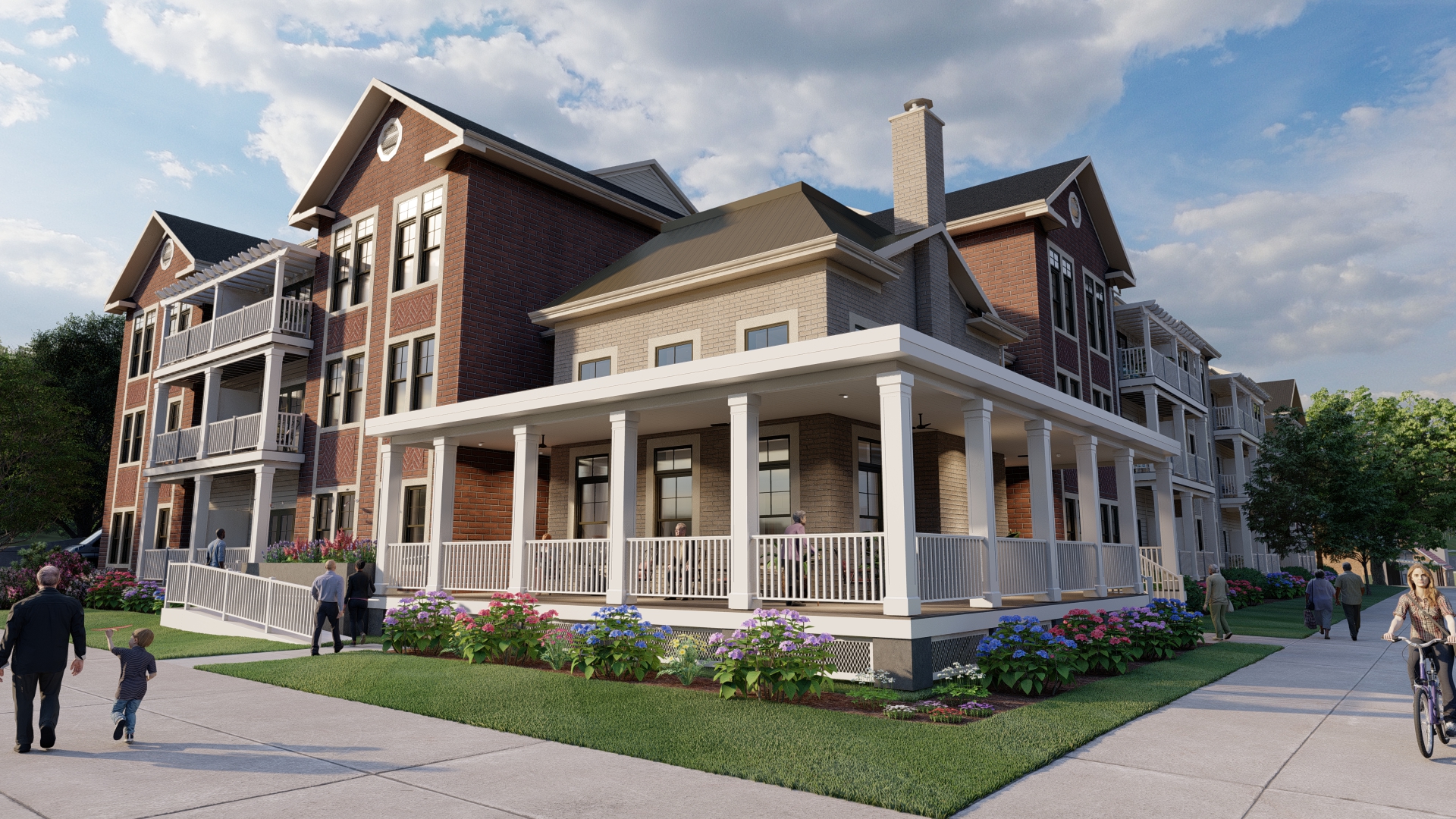Public Agency. These kinds of projects are owned and operated by municipal Housing Authorities. Many were built to accommodate the post-war housing-boom, and often have the look and feel of stereotypical public housing.
Modeled after midcentury design theories founded in Europe, these projects seldom created a strong sense of place. Some of which became victims of disinvestment and diverted maintenance, resulting in bunker-like structures that were functional but lacked identity.
In recent years, public agencies have been working diligently to reinvest in many of these once overlooked properties. While some developments are rehabbed, others are demolished, either in part or in whole, to make way for new community-centered concepts and designs.
Additionally, these agencies have begun to think creatively, looking for alternative funding sources to create the types of developments people want to live and take pride in. They are structuring deals with outside private developers for larger projects that would be too difficult to be managed internally. Agencies are also utilizing tax-credit financing, which we will discuss below.

Hawkins Village :: Public Agency
Private Developer-led Housing. These projects utilize State-managed tax credits as the primary vehicle for funding. Locally, the Pennsylvania Housing Finance Agency or PHFA administers the program across the Commonwealth.
The PHFA program was designed to create economic incentives for developers to build and manage high-quality housing. The tax credits help the developers fill the gaps in their proformas, while the public agencies ensure that standards are being met.
Developers and their team compete for funding by submitting applications for credits equaling either 9% or 4% of the project cost. Competition is stiff with somewhere between 75 and 100 submissions a year and the award being contingent on the applications following strict design guidelines. Architects work alongside the developer to conform to the program set by the agencies.
As a result of healthy construction budgets, good design standards, and a private-public partnership, much of this housing product is indistinguishable from market-rate housing. PHFA funded Projects often include front and back porches, high-quality, durable materials, open concept floor plans, energy-efficient building envelopes, and community amenities like playgrounds and fitness centers.

McKean Street Housing :: Private Developer-led Housing
Workforce Housing. This housing typology is relatively new to our region. It is being developed for individuals and families who cannot afford new market-rate construction, but wouldn’t meet maximum income limits to qualify for either Public Agency or Private Developer-led housing.
Workforce housing must be designed with a specific price point in mind. Ideally, successful workforce housing will be indistinguishable in fit and finish from the more expensive market-rate product. This can be achieved by focusing on two key issues, acquisition costs and finding the right property.
First, keeping down acquisition costs. Much of the new market-rate housing in our region is being built in the trendiest neighborhoods, driving up land costs. Workforce housing will focus on established but affordable communities on the urban fringe or suburbs. These sites tend to have more affordable entry points and fewer complexities with site and soil conditions.
Secondly, workforce housing is well suited to adaptive reuse. While there are always unknowns with renovations that can drive up costs, starting with an existing roof, foundations, and four walls is a step in the right direction. This approach takes careful due diligence by both the design team and developer. However, if found for the right price, an adaptive reuse project is the best bet for this kind of housing.

Swissvale Schoolhouse :: Workforce Housing
While these three options for “affordable housing” are not all-inclusive, they are a good cross-section of the types of developments happening in our area. And while they are very different in their goals, they provide an incredibly valuable resource to our communities. We are extremely proud of our work in this market and will continue to push for more affordable housing options in the region.
 Author
Author
Jonathan Glance AIA, NCARB
Partner





